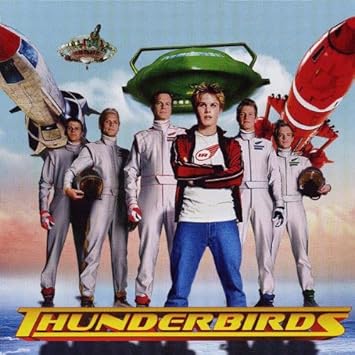


Two massive birds, flying in a tight wingtip to wingtip formation were chasing her son, Marlon, pecking and clawing at his shoulders. When she ran outside to see what the commotion was, she was stunned.

She heard a piercing scream, and knew it was none other than her 10-year old son, Marlon. Ruth, the matriarch of the Lowe clan, was cleaning up in the kitchen where she couldn’t see her children. Coleman of Īt approximately 8:10 p.m., the Lowes were cleaning up after their al fresco dinner, the kids still playing outside. The following is Ruth Lowe’s harrowing eyewitness account of a particularly frightening avian encounter, as written by Jerry D. The smell of sizzling beef and grilled vegetables permeated the air as the adults kicked back on lawn chairs, and the kids tussled on the family’s expansive yard outside. The evening of Jwas just like any other hot summer evening for the Lowe family of Lawndale, Illinois. This story was sponsored by the fine folks of Enjoy Illinois. (Image: Burfalcy/Wiki Commons/CC BY SA 3.0) This provides a useful estimate of when the birds became mired in the mud.A recreation of the Piasa Thunderbird, first seen in the late 17th century by European explorers near Alton, Il. So we used an alternative dating technique called single-grain optically stimulated luminescence, which reveals when sand grains in the surrounding lake sediments were deposited. One way to help answer this question is to date the fossils accurately, and then to compare their plight with what we know was happening to the environment at Lake Callabonna at the time.Ĭalculating the age of these intriguing fossils is not necessarily straightforward because, like many of Australia’s extinct megafauna, they are too old for the classic radiocarbon dating method to work. This suggests the disease was not random, but instead was associated with a particular environmental cause – but what? These birds seem to have suffered an unusually high rate of bone disease, compared with today’s birds. As a result, finding enough water and food around the muddy lake beds of Lake Callabonna would have become an arduous task.Ī case of mistaken identity for Australia's extinct big bird With the chest, leg and foot regions afflicted, individuals would have suffered pain and restricted mobility. But the real number is likely higher, because we couldn’t assess all bones from all 34 individuals. Of the 34 partial skeletons of Genyornis, four showed signs of bone infections. Osteomyelitis is a chronic bacterial infection of bone tissue, which can be caused either by trauma that lets microbes directly enter bone tissue, or via transmission from infected soft tissues nearby. Infection on the leg of Genyornis newtoni and a life reconstruction of the injured bird.


 0 kommentar(er)
0 kommentar(er)
